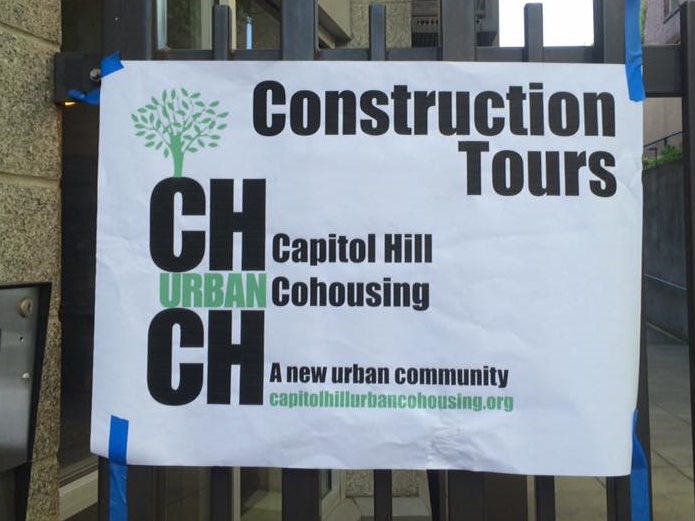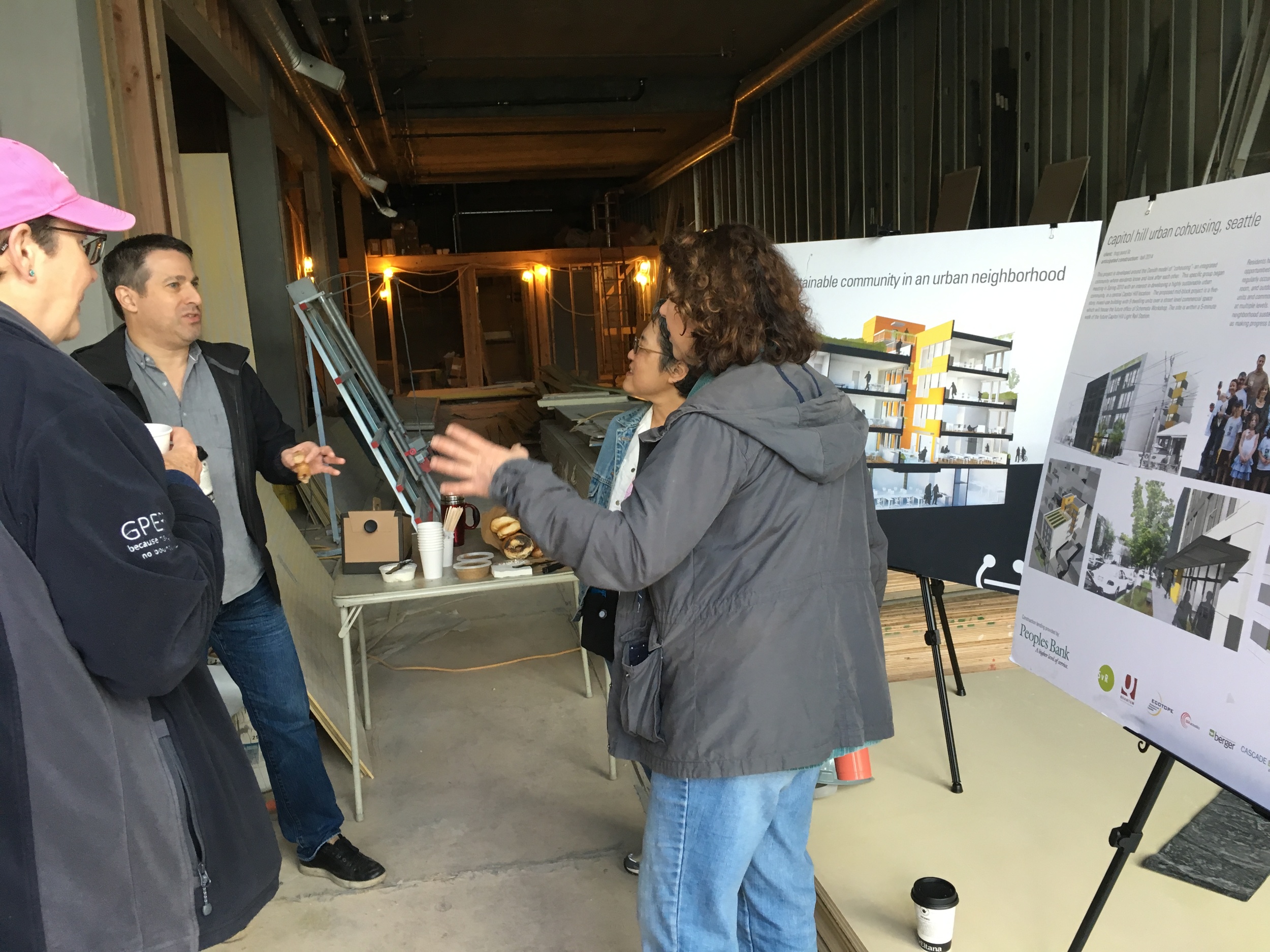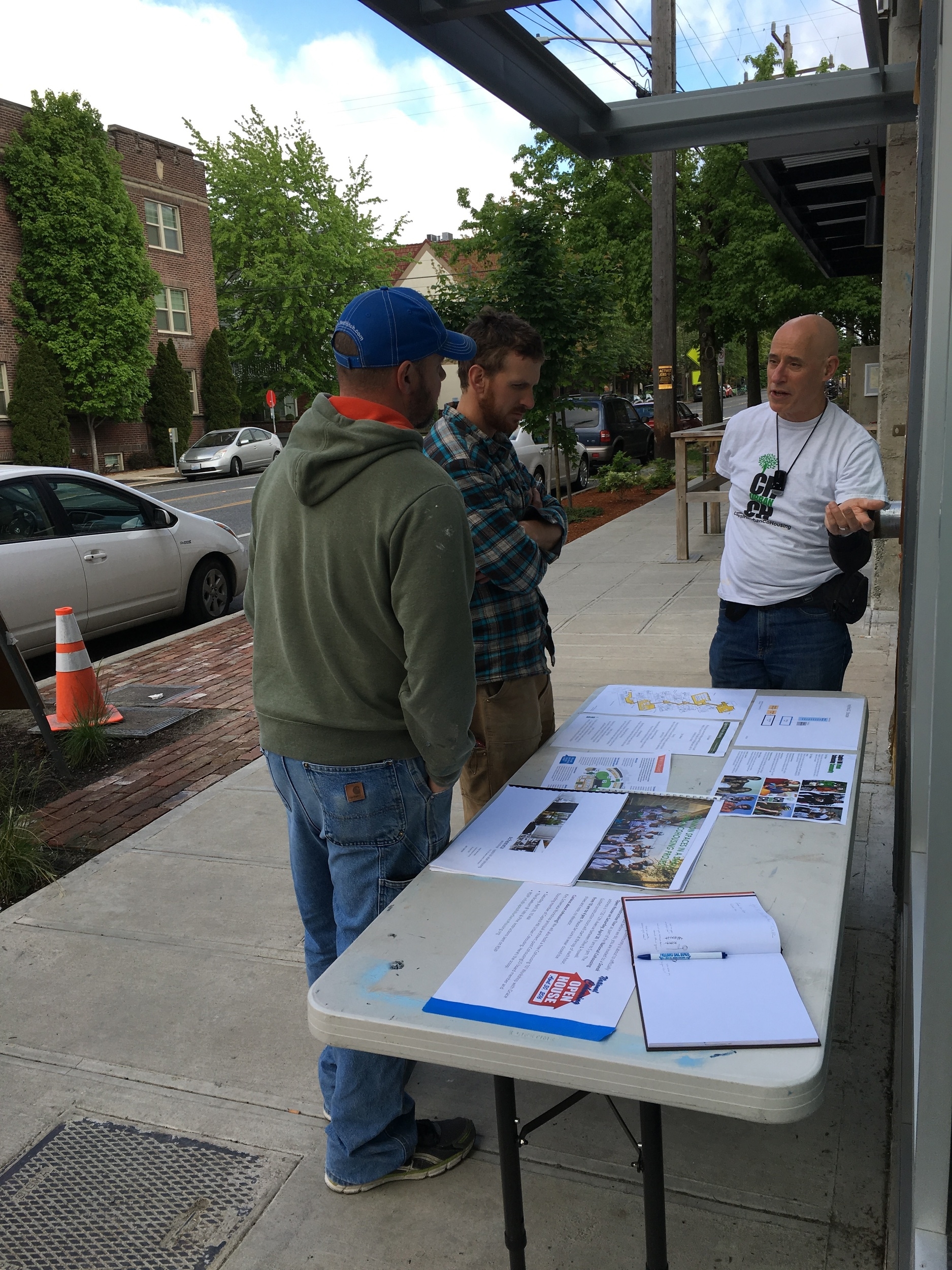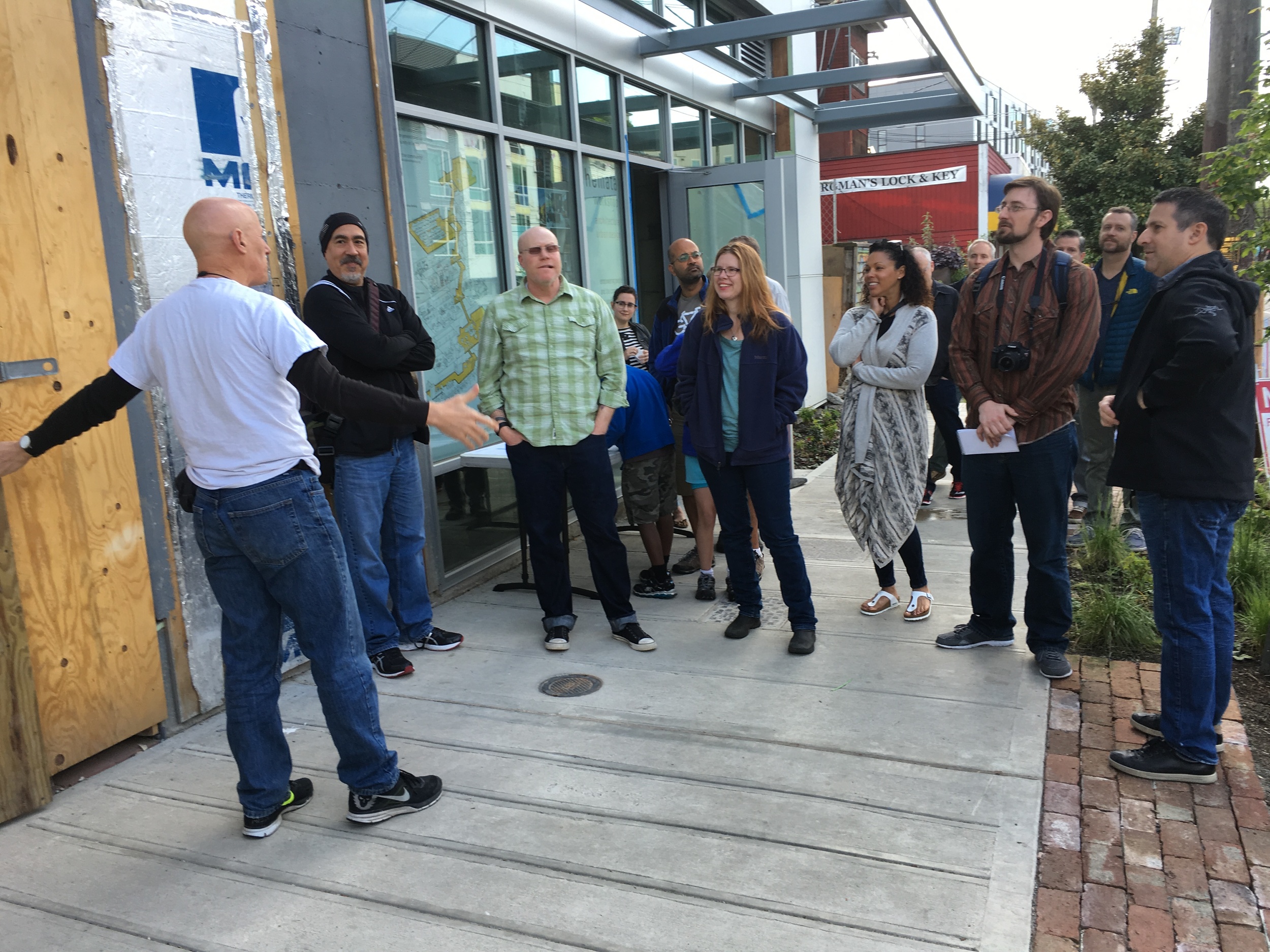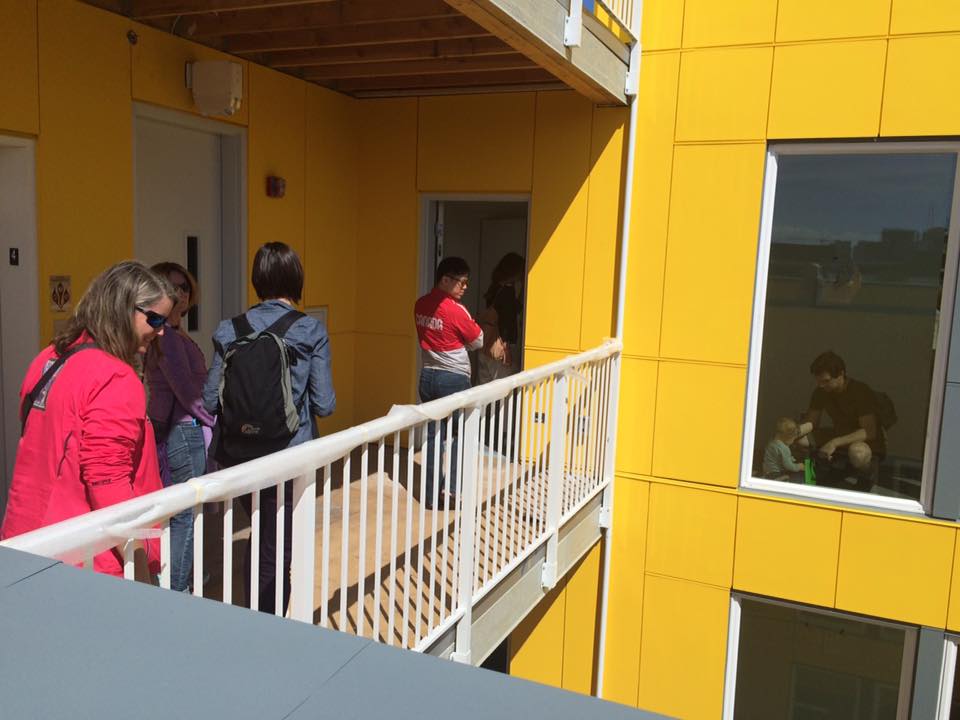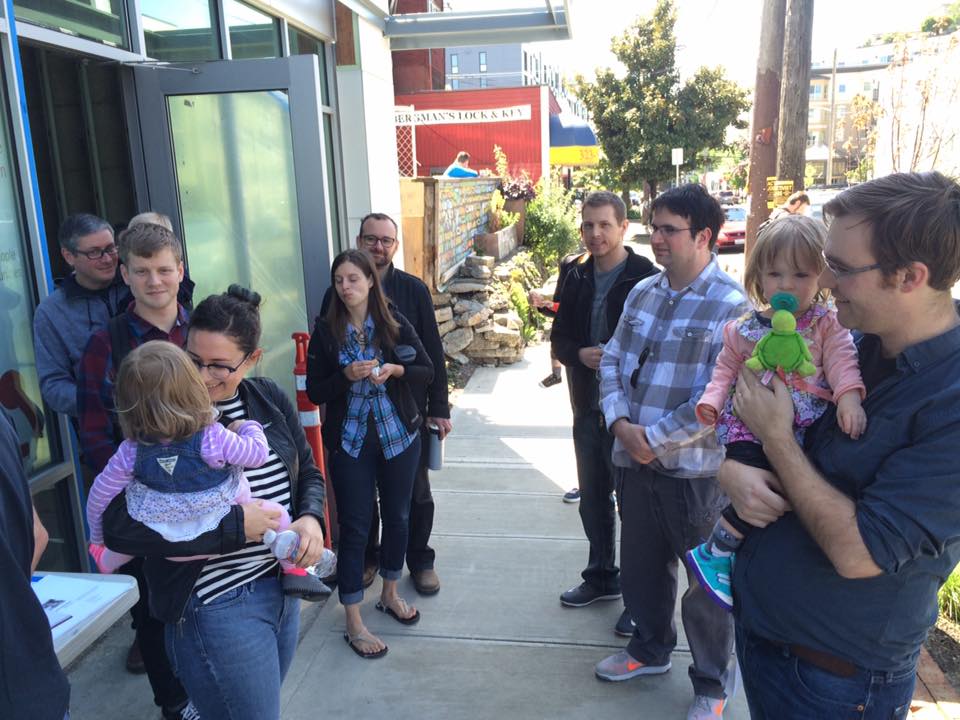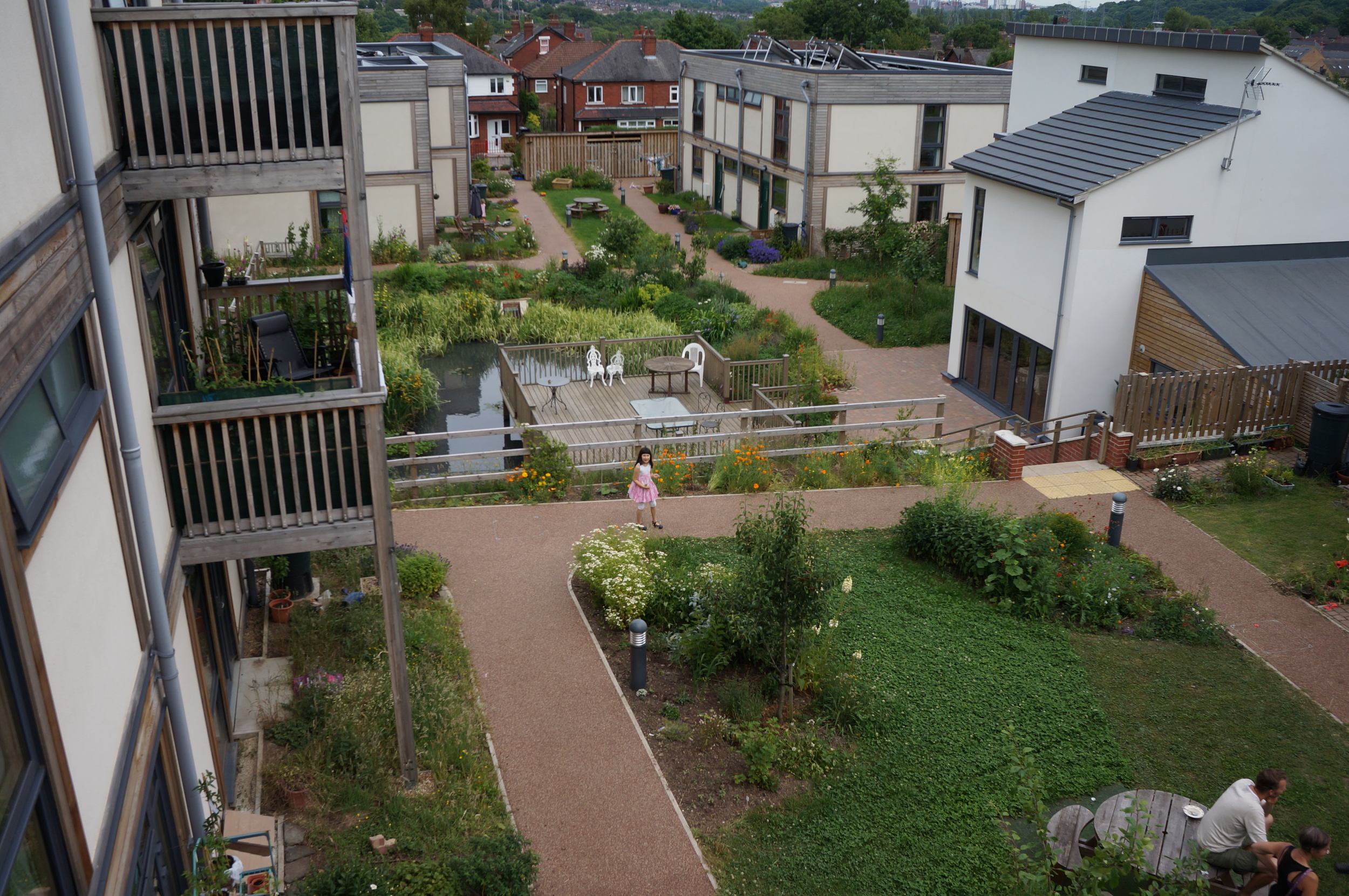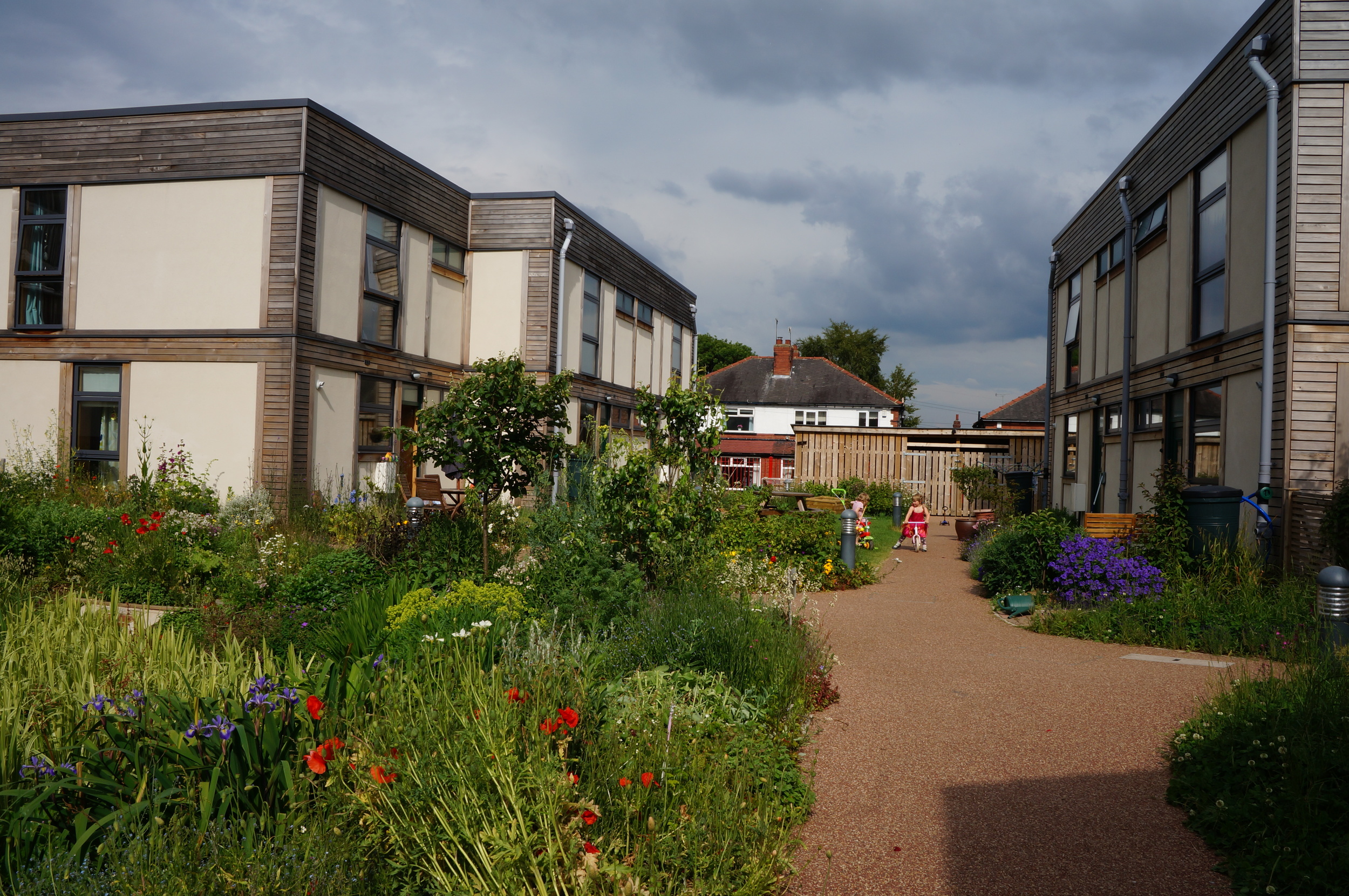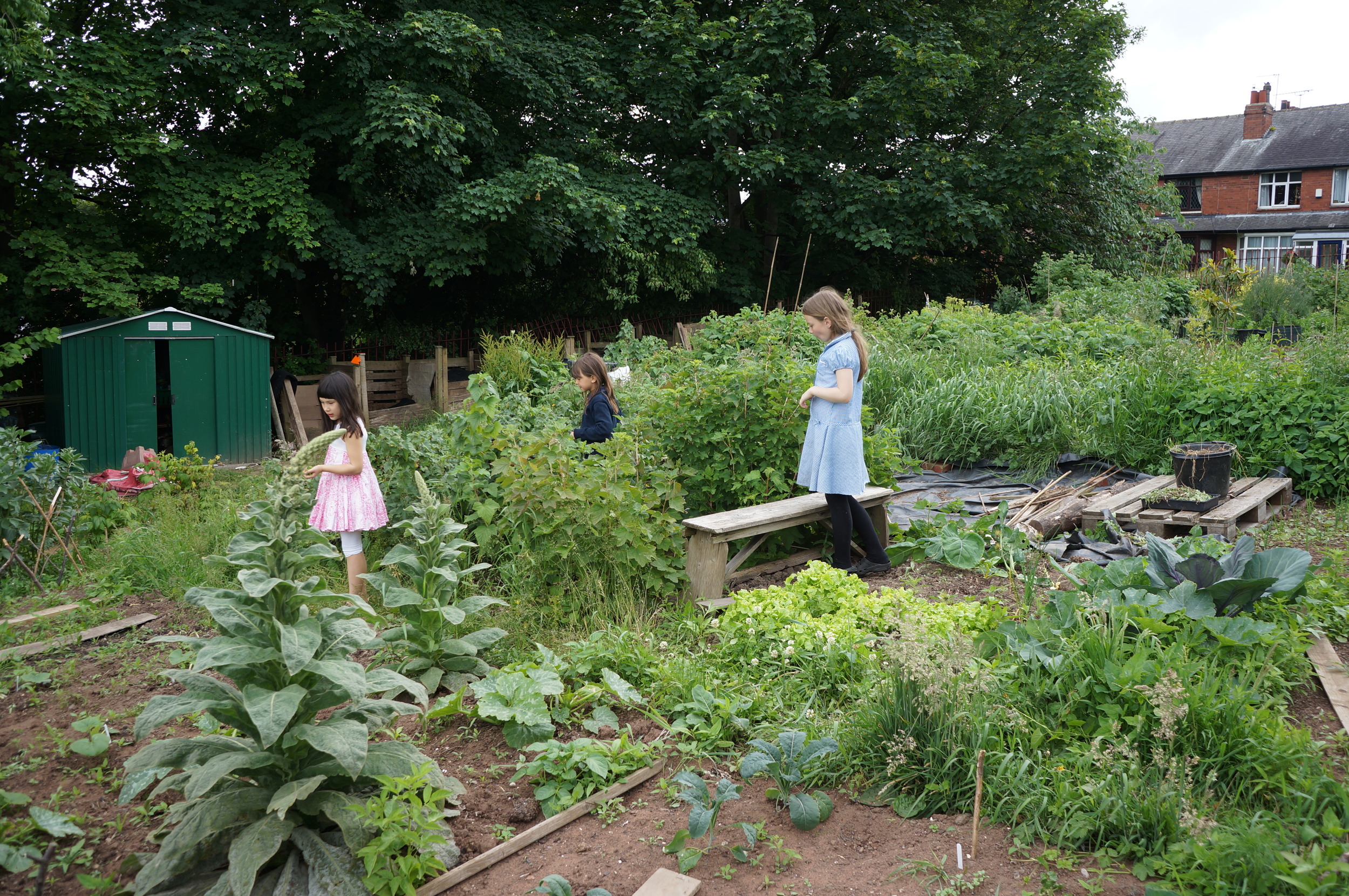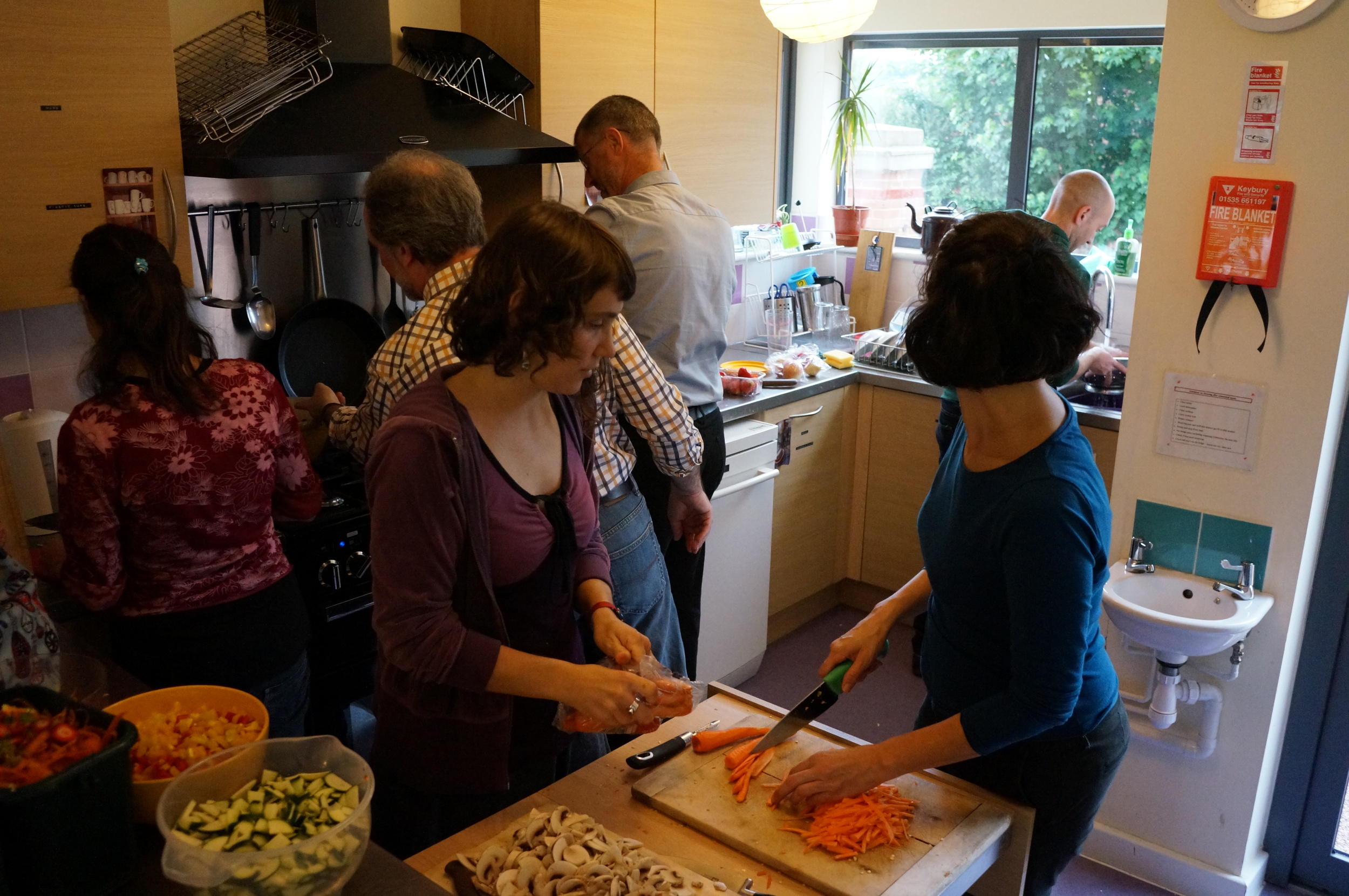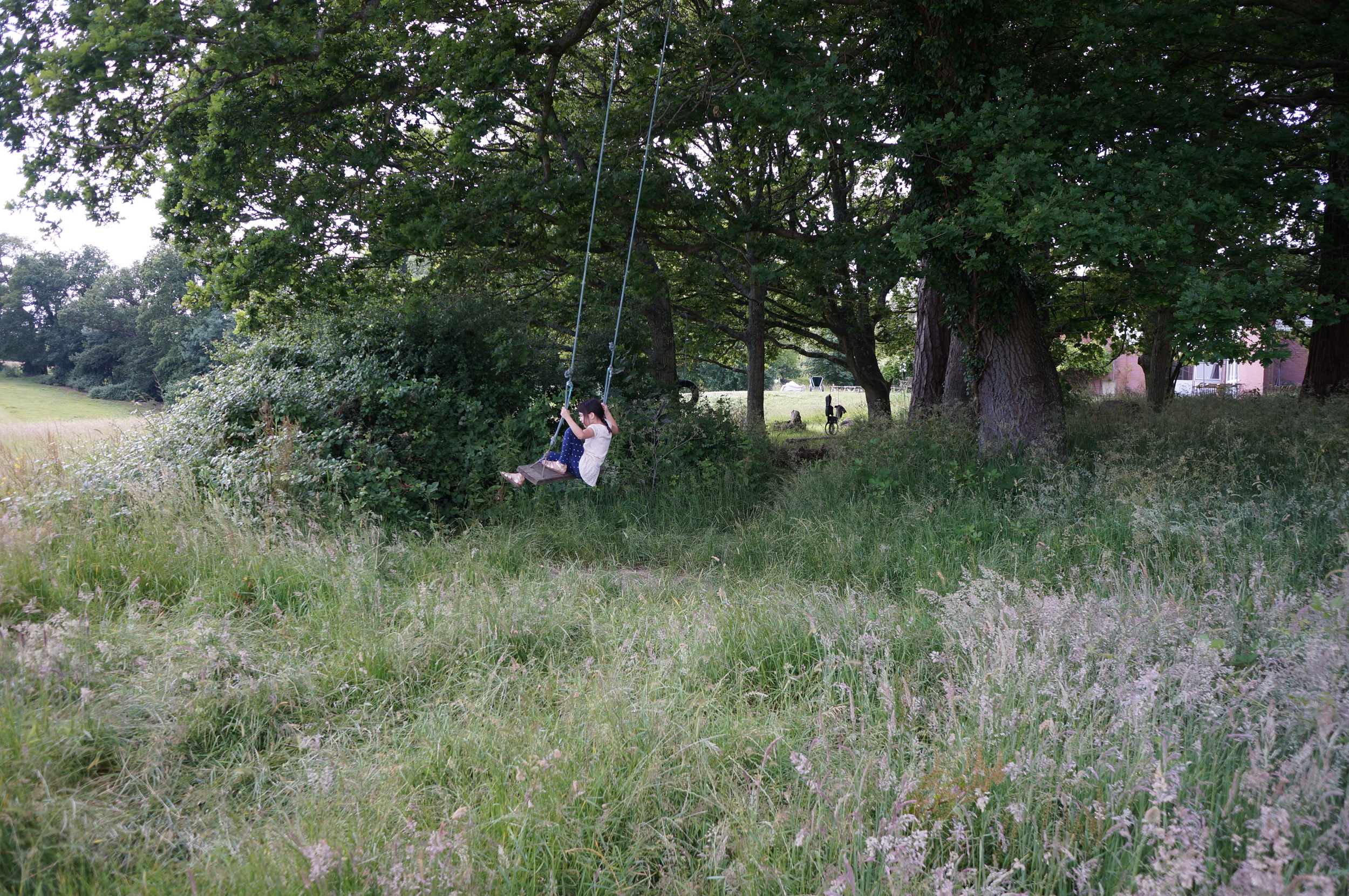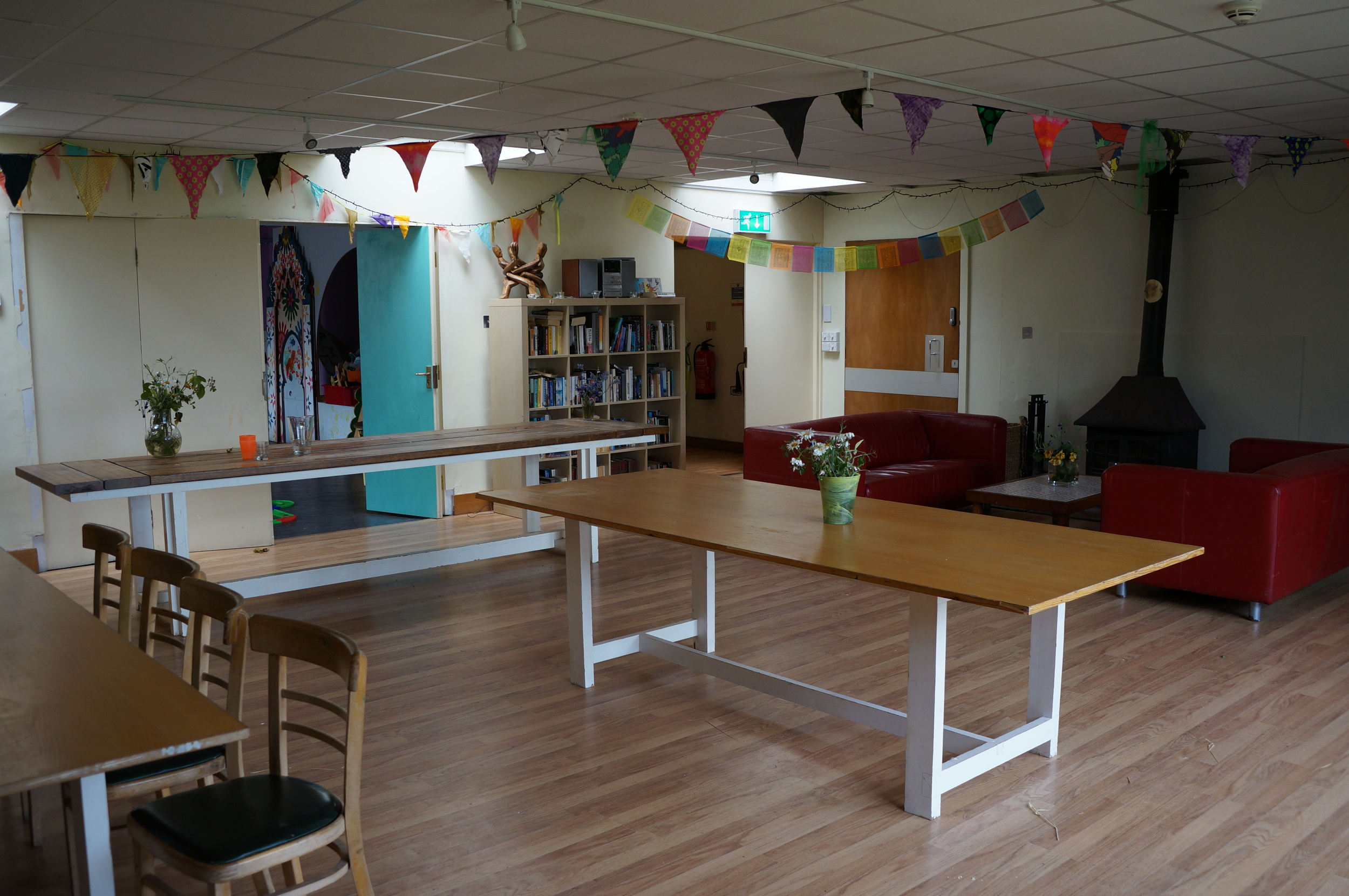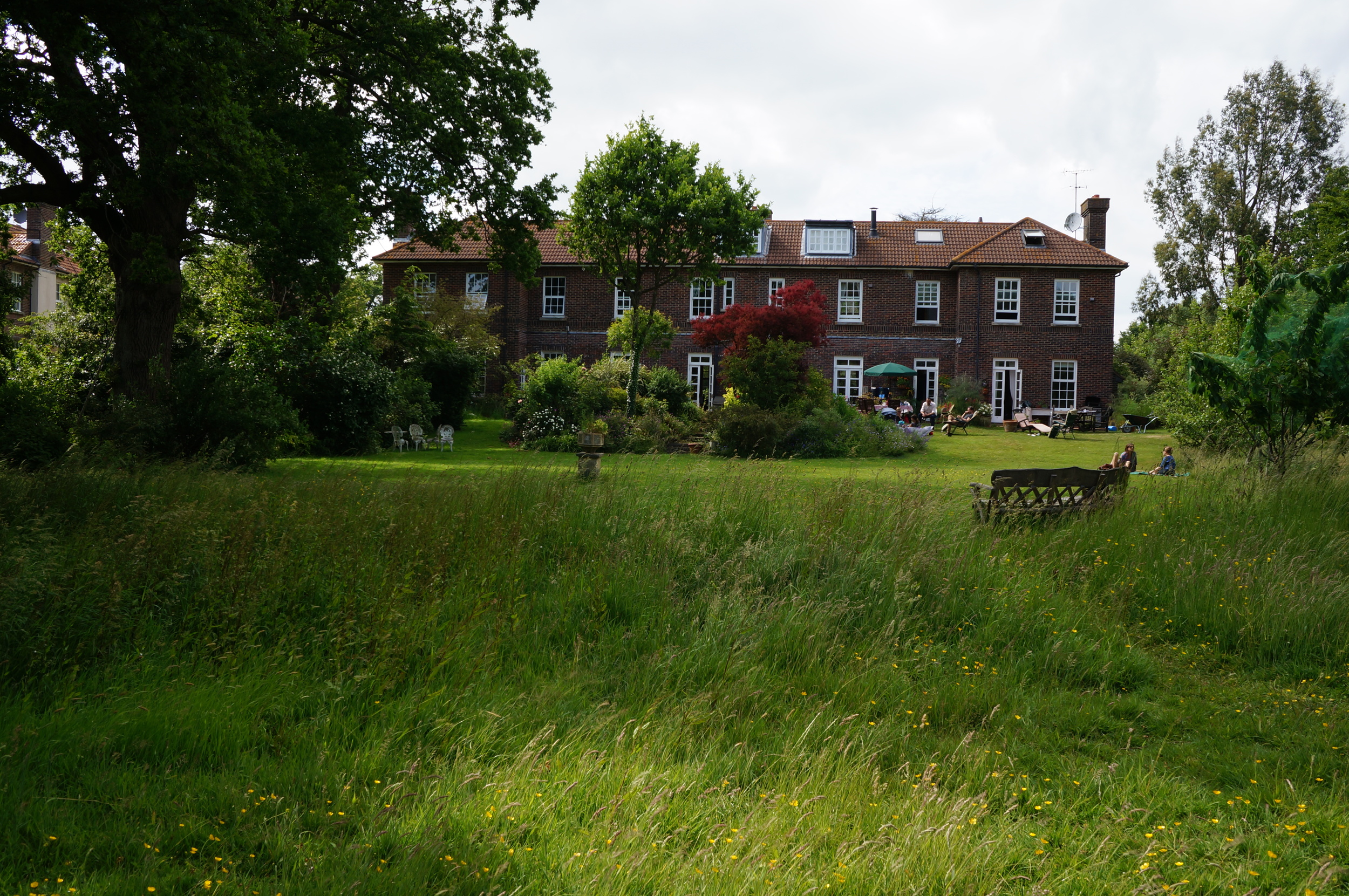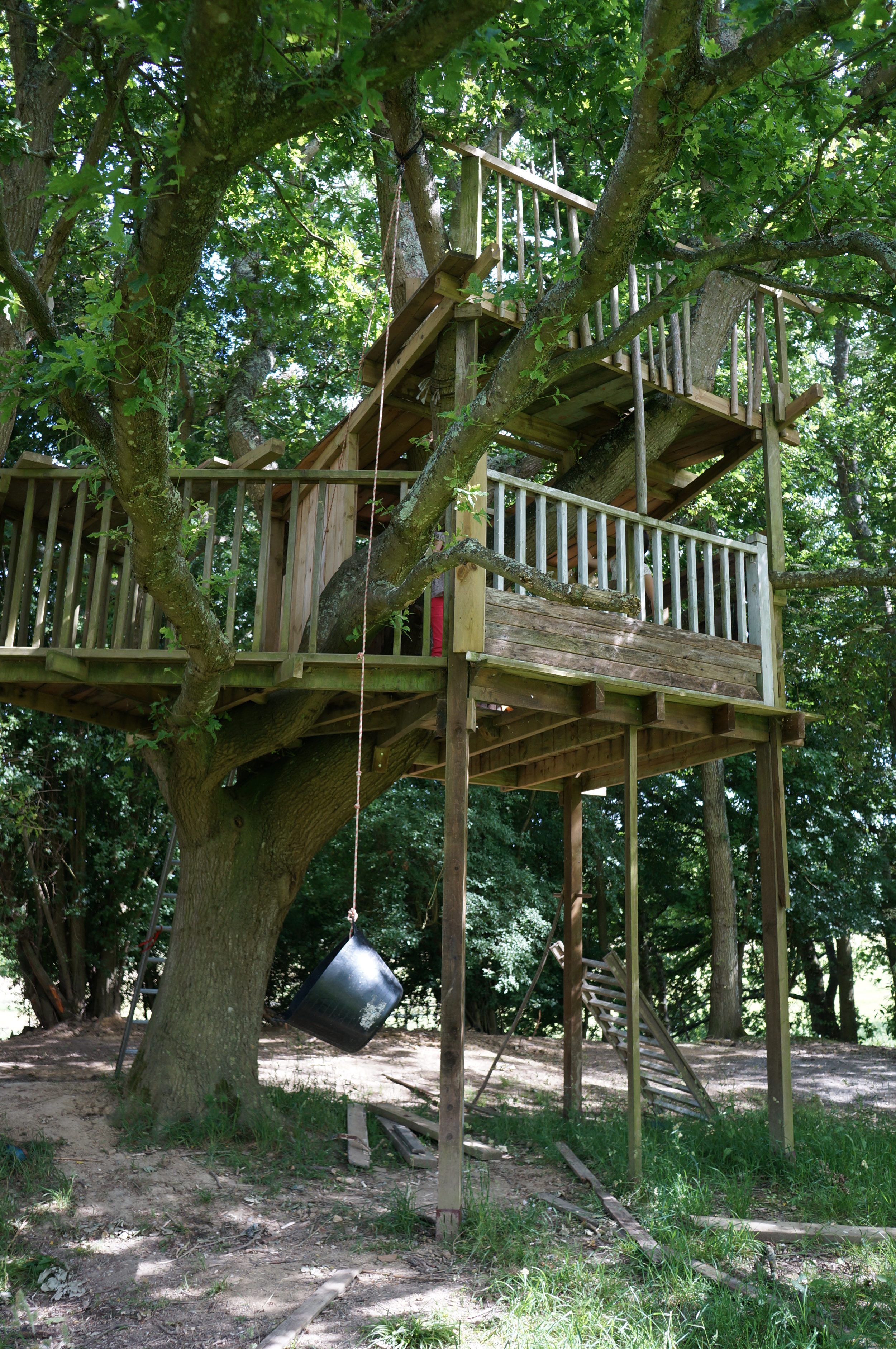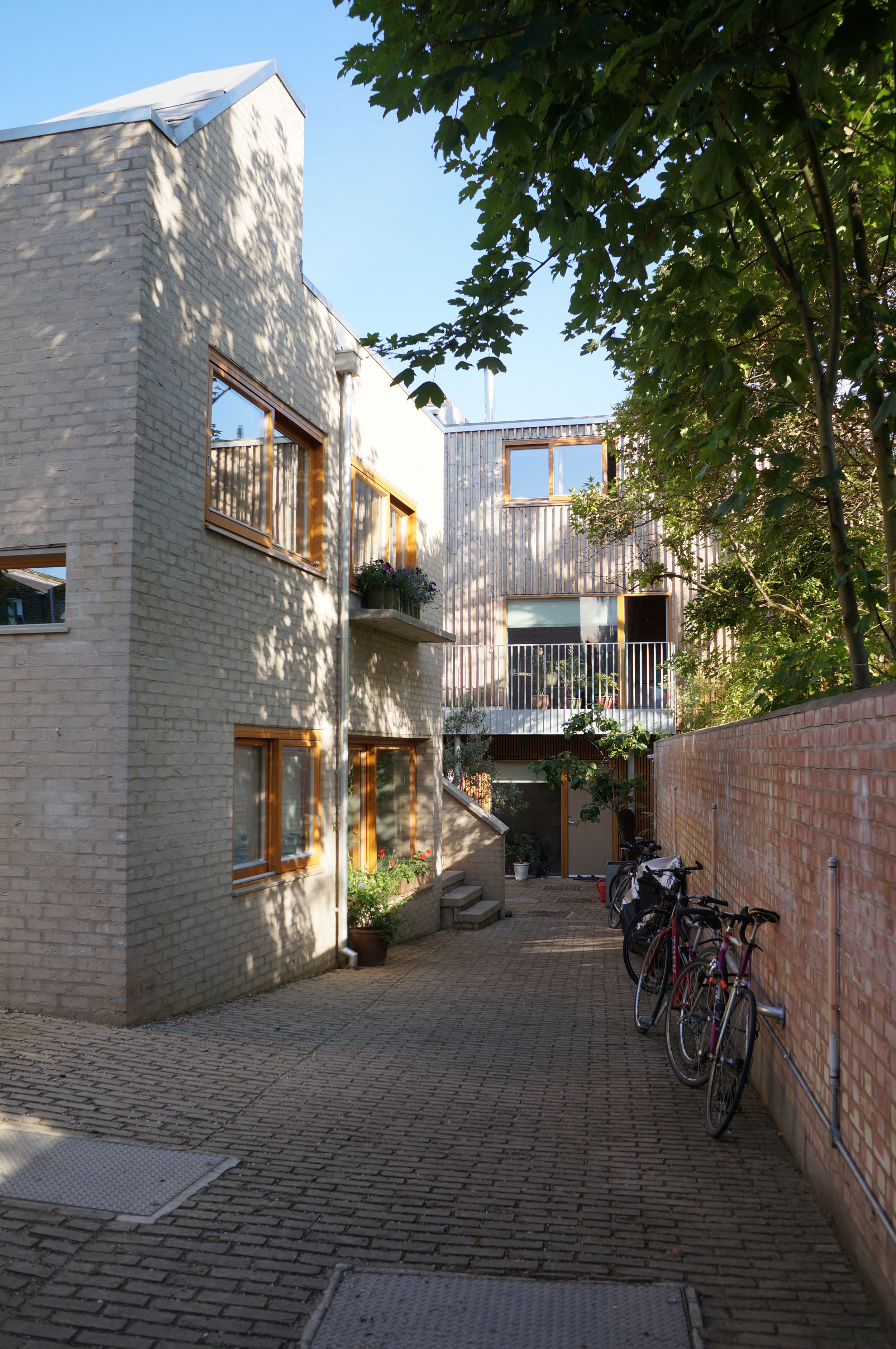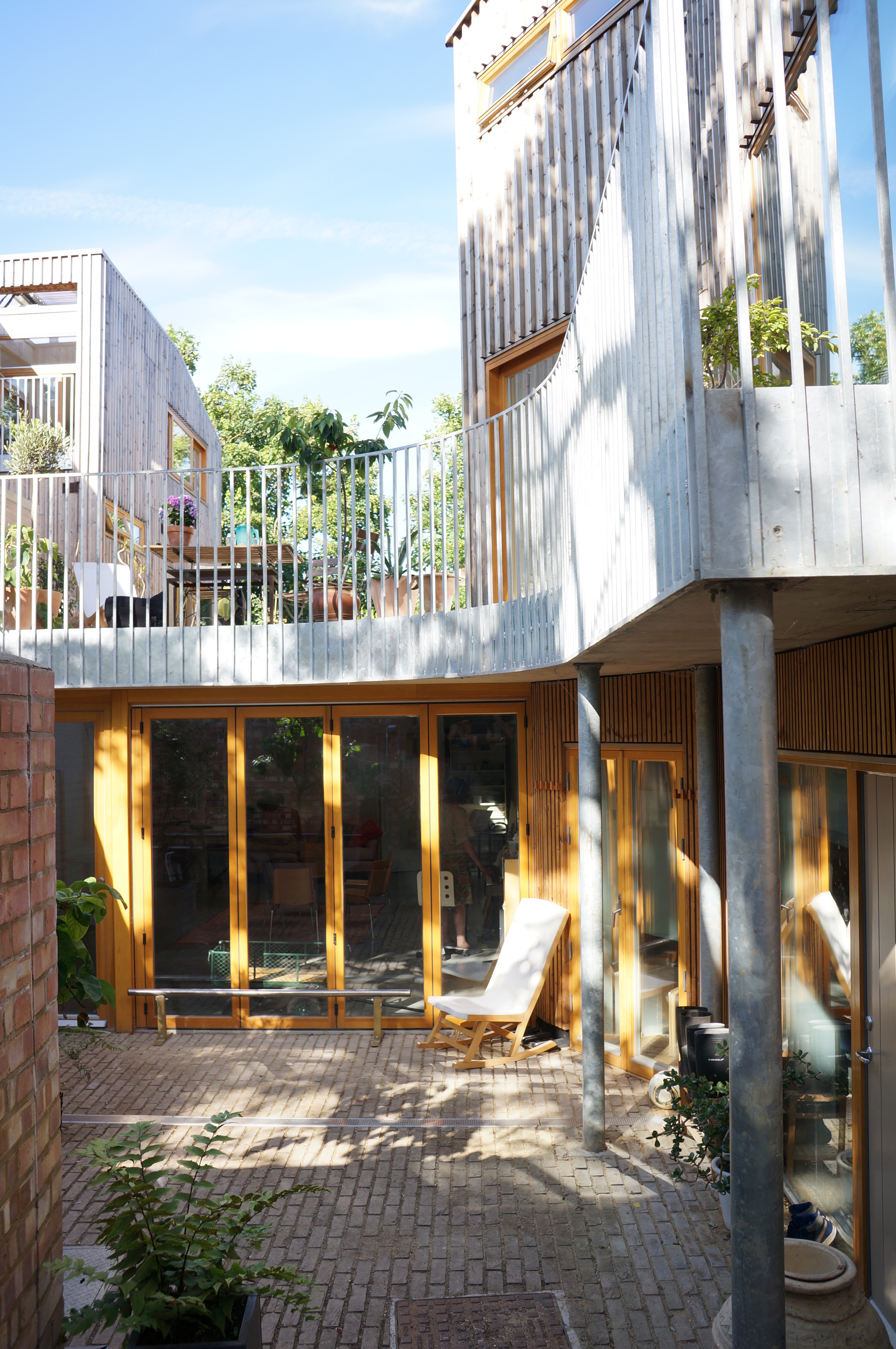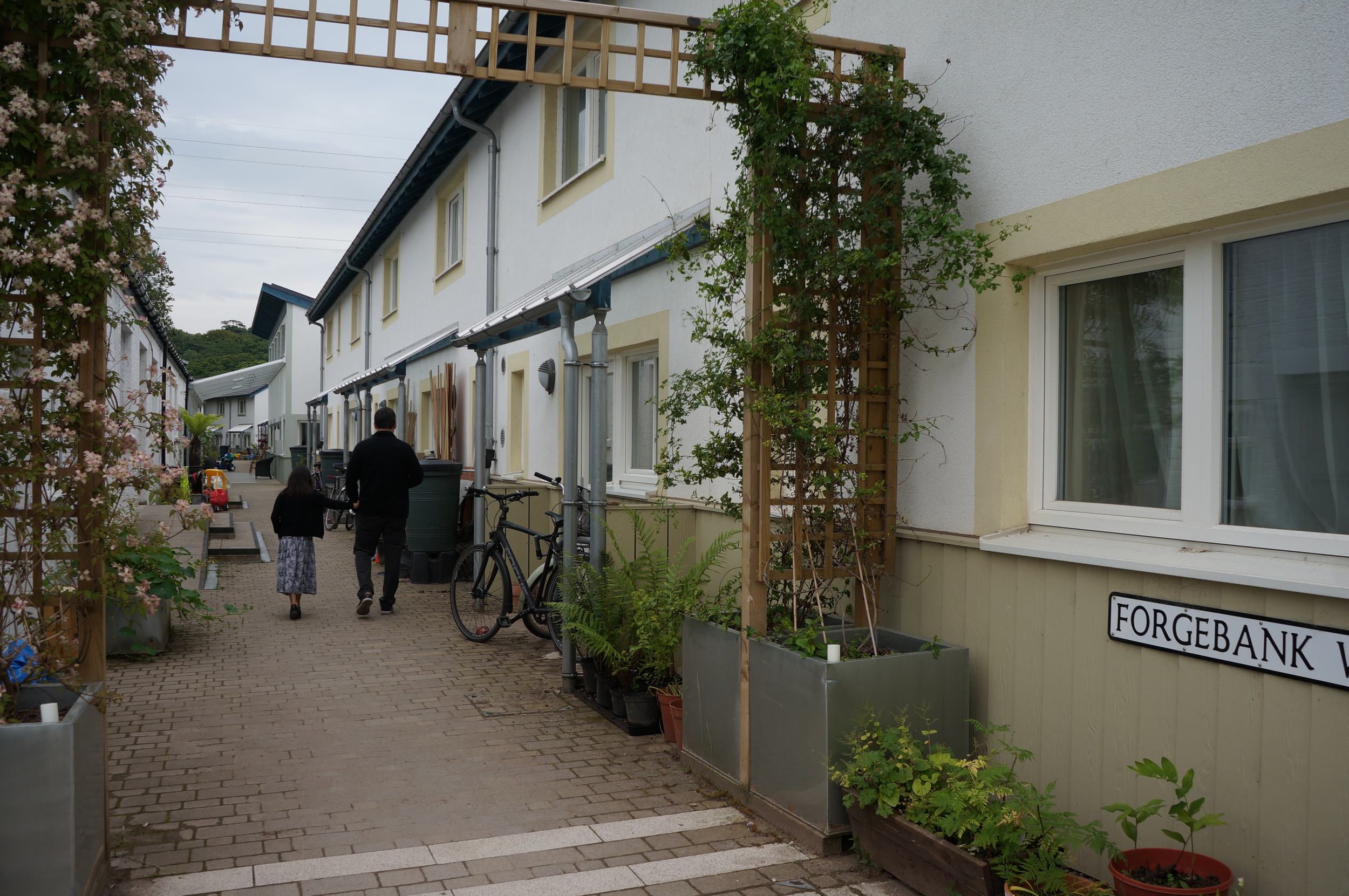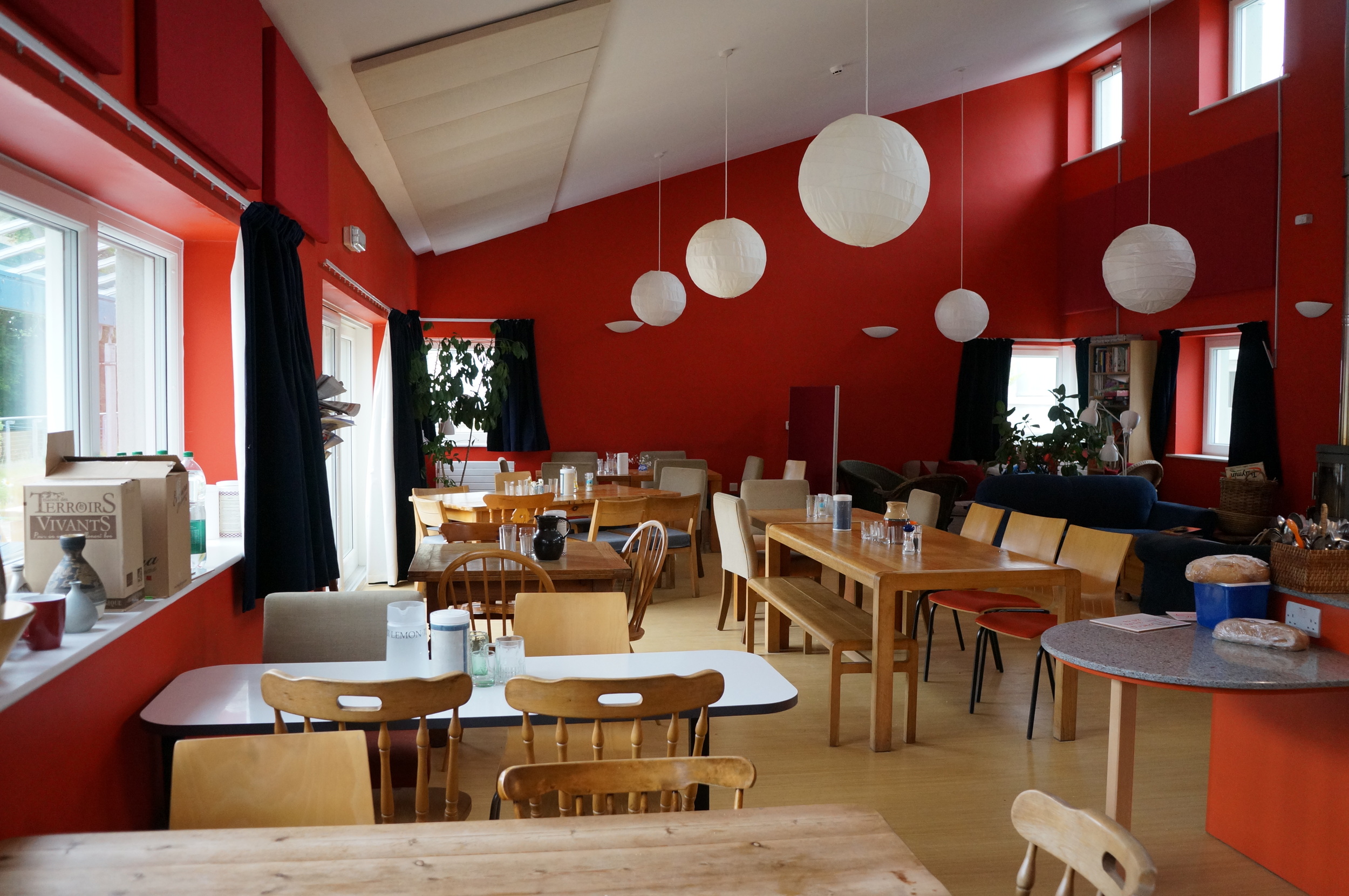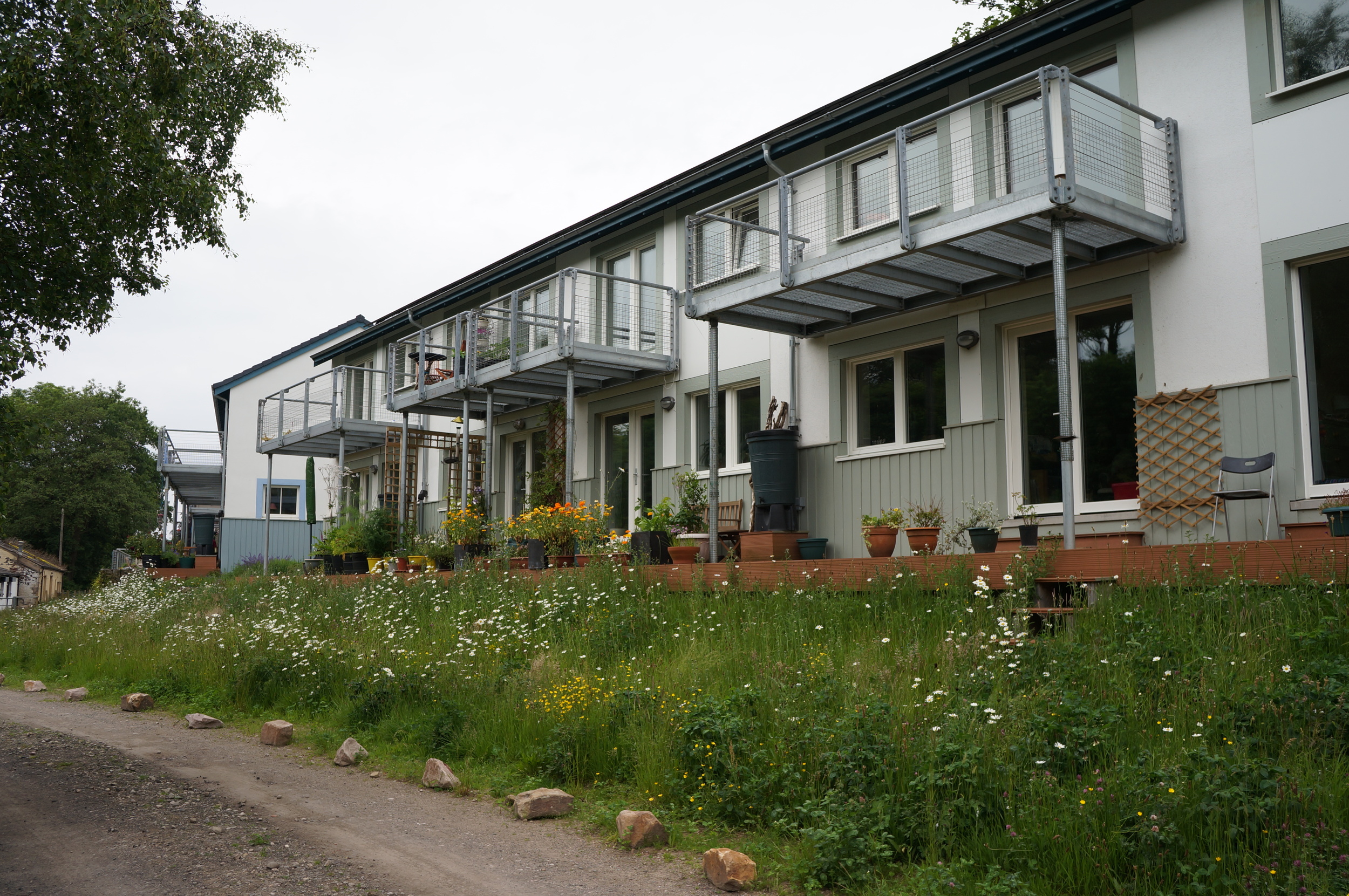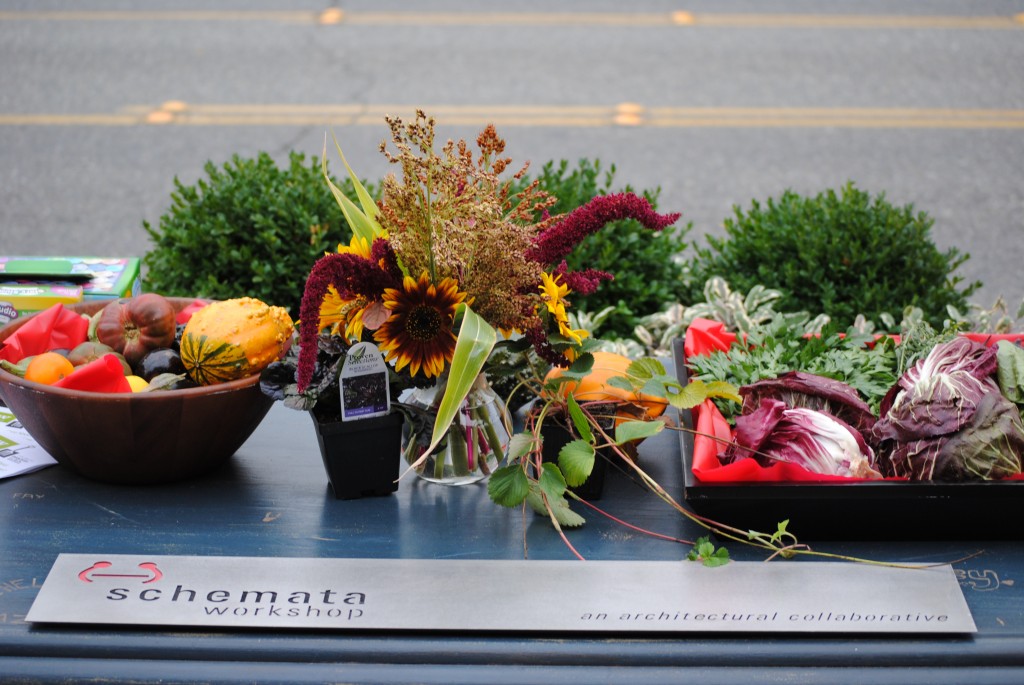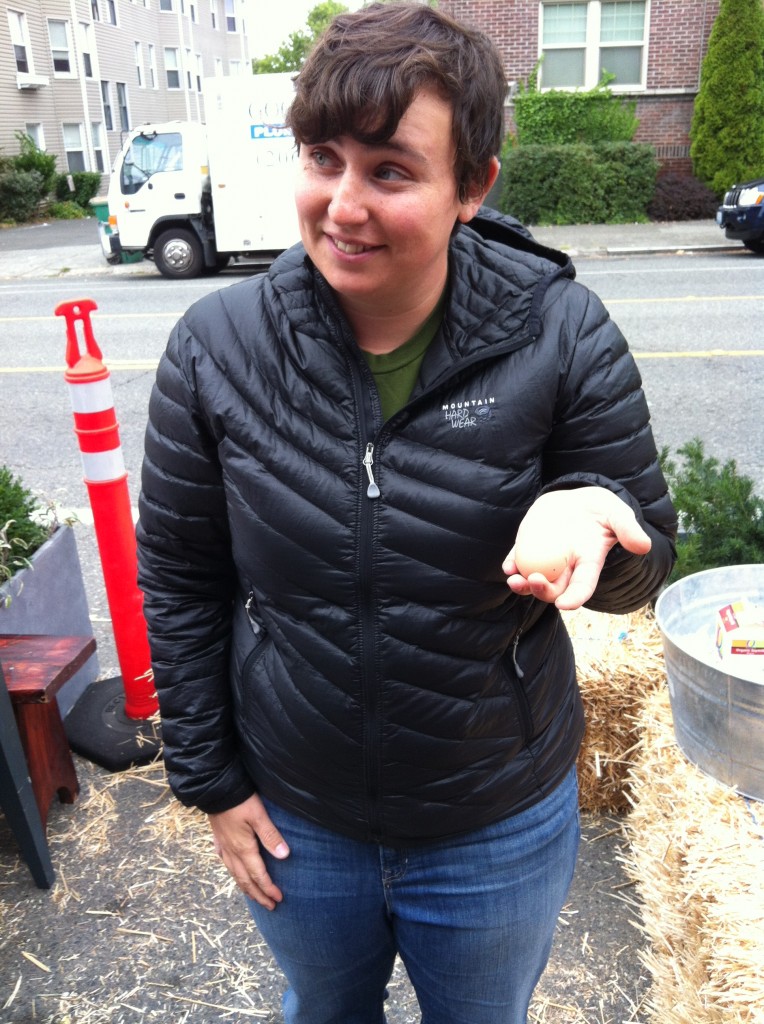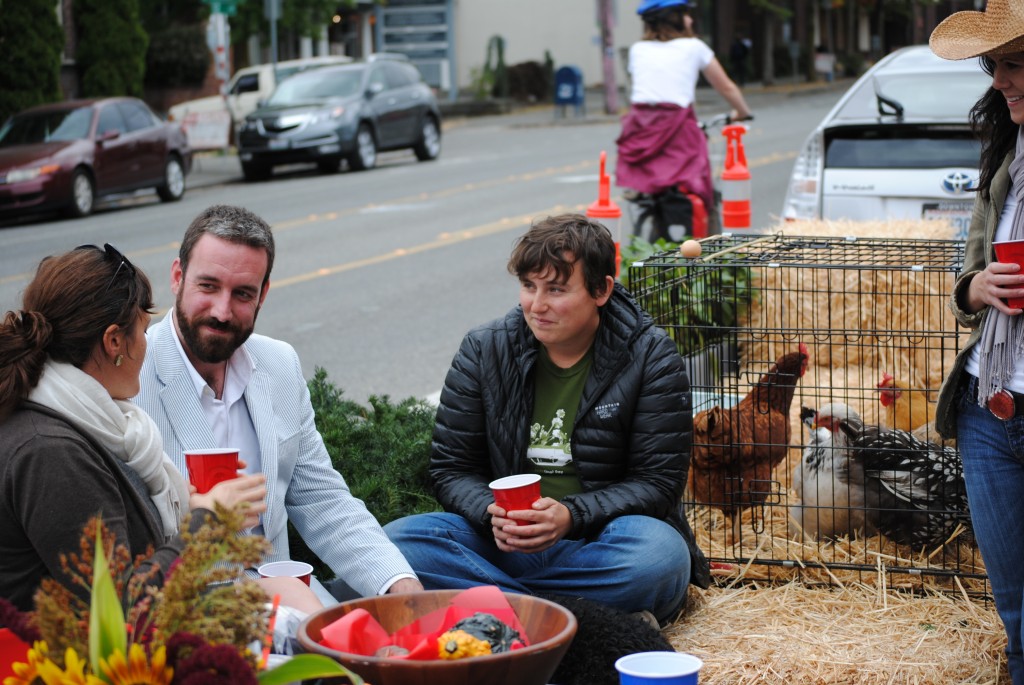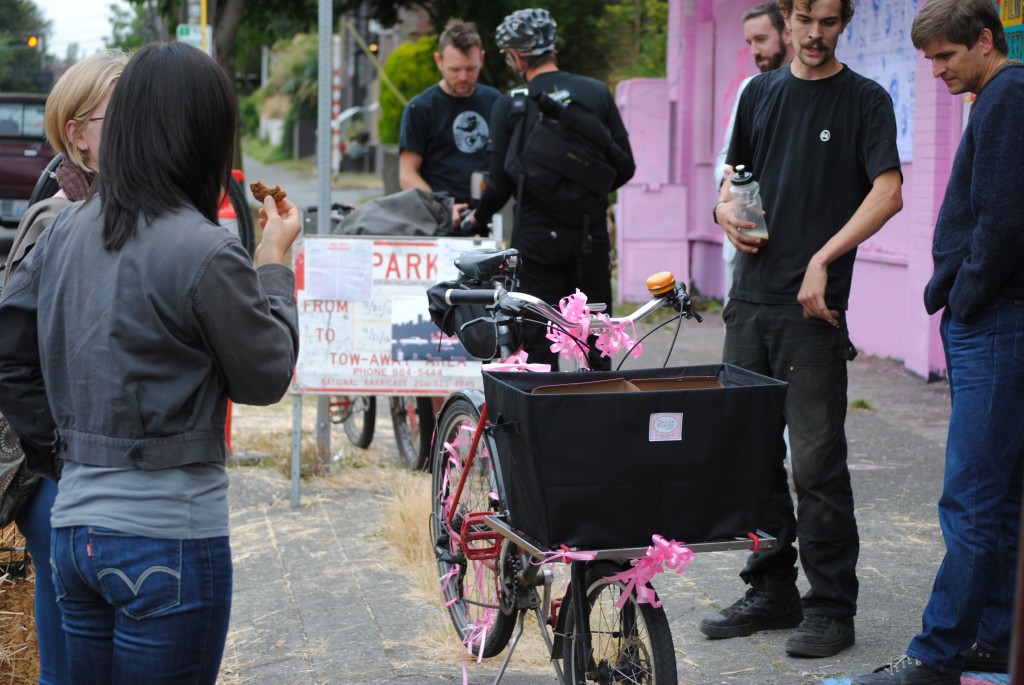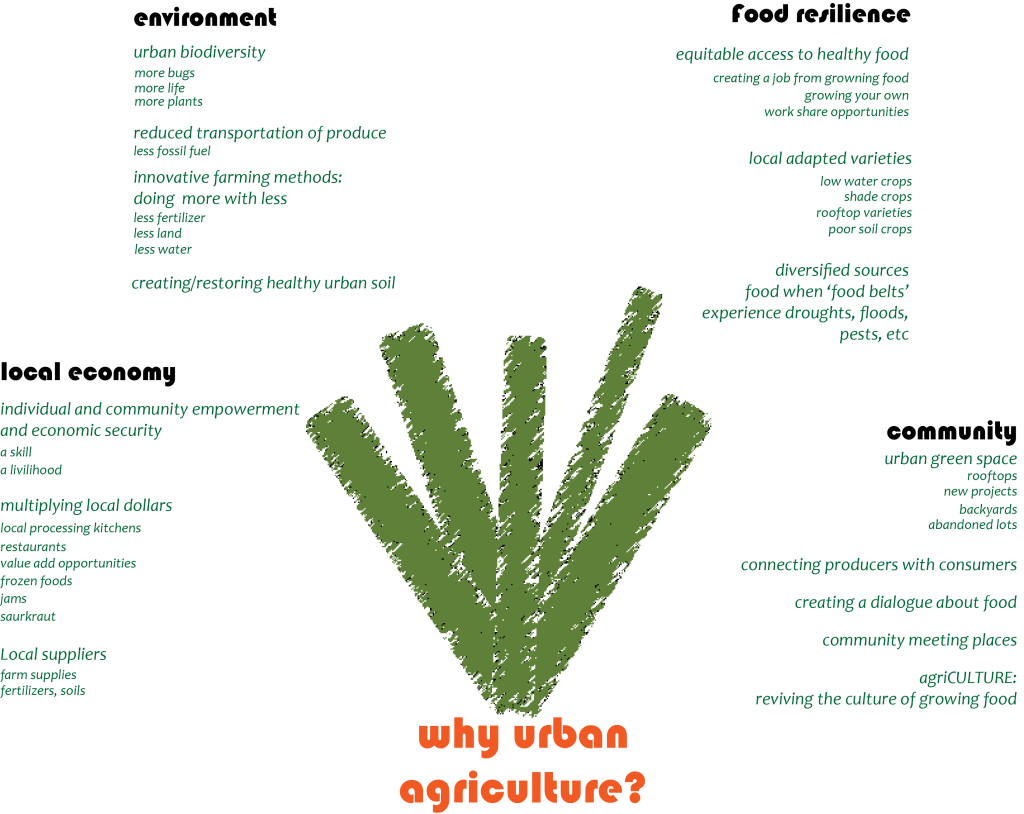Last Saturday, April 30, 2016, members of Capitol Hill Urban Cohousing (CHUC) provided on-the-hour tours throughout the day to an estimated 90-100 visitors. We were delightfully surprised by the major turnout! At the same time, Grace & Sheila held a Cohousing 101 informational session nearby with 20 attendees for 1-1/2 hour long presentation and discussion about this type of intentional community.
It probably isn't a surprise to anyone by now that we are eager to move into our new home - it's so close we can almost taste it. Likewise, delays that have caused our move-in to slip away further and further have been frustrating. We just want to move-in! But feeling the excitement of everyone who came by during the National Cohousing Open House was a welcome reminder that, despite all the delays, issues and challenges, it will all be worth it in the end.
Many visitors had read some of the recent press (here and here), a group came down from Vancouver BC after visiting Bellingham Cohousing, some walked by and it caught their attention, while a few had a vision for a revolution (!) of resident-developed communities like CHUC. All visitors that we talked to and walked through the building understood excitement that residents feel for this intimately-scaled, community focused cohousing project.
We heard our new building described as “…one of the most innovative, socially just and [hopefully] deeply influential projects completed in Seattle this year." We were flattered by this succinct yet thoughtful description and couldn't be more proud of what we've accomplished.
It was a good reminder to us that:
...we have ultimately pushed the envelope to innovate not only architecturally, but also socially.
...we created something that embodies the vision of our firm: design that empowers communities, is sustainable not only environmentally but also socially, and provides so many opportunities for second reads.
...we had a wild dream and actually made it happen!
Here's to never thinking dreams are too big- cheers!
-The Froggers


